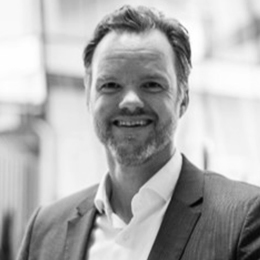But human activity releases 50bn tonnes of CO2eqs per year – meaning air capture alone won’t dent the damage. And while collectable feedstocks may reach 20m tonnes annually by 2030, global consumption of jet fuel is a third of a billion tonnes. What’s more, in the two mega-markets driving SAF adoption, the EU and the USA, differences of culture and approach abound.
The EU approach is to mandate, with targets for SAF blend percentages in the years ahead but constrained by limits like “Food versus Fuel”. (In a nutshell: if you can eat it, SAF can’t use it.) The USA, by contrast, is enjoying a boost from the Inflation Reduction Act – which promises USD 369bn in new and expanded incentives for energy efficiency, renewable and clean energy investments, and infrastructure improvements, with low-carbon-intensity feedstock and production rewarded for GHG reductions. And the USA’s established fuel-from-crops sector is ready to ramp up. So, what does the future hold?


